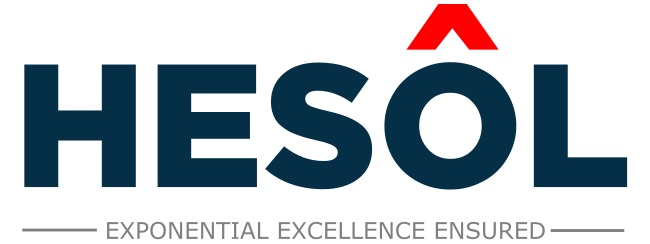- May 8, 2018
- Posted by: Hesol Consulting
- Category: Supply Chain Case Study

BUSINESS CASE:
This is a proof of concept of IoT in Dairy Supply Chain. The POC was done at Gujarat, India. The basic supply chain is as follows:
The villagers milk and breed cows. The milk gets deposited in the milk bank from where it is collected and then moved to the processing units. In the processing unit the milk gets processed and are then moved to the CFA as dairy products as well as to sell as milk. From the CFA, they are moved to the distributors and then to the retailers.

TOOLS Used:
- Used SCOR MODEL to map the entire process of planning, sourcing, processing, delivery and the return.
- Used Value stream mapping to map the entire supply chain in detail.
This step has helped us to identify the upstream issues as well the downstream issues associated with the Dairy supply chain. The IoT usage was more concentrated to solve the downstream issues and for upstream issues we have used a mix of IoT and other models and best practices.
Downstream Issues: –
- Distribution- For distribution the issue was associated with transportation, that is when the product was being transported from one place to another. They were solved using proven distribution models and best practices. We have used the GDP Standards and OSHA to solve all the issues within the distribution.
- Inventory- For Inventory the issue was associated with stocking patterns and with a customized IM Model we have fixed the issues related to inventory.
- Transportation- This issue was associated with all stages beginning from the processing to the delivery. It was caused due to temperature variation that has caused change in quality of milk that resulted in rejection of lots. It was fixed by the use of IoT.
Upstream Issues: –
There were large number of upstream issues. However, with multiple prioritization techniques, we determined two main issues that were causing the maximum damage to the Dairy supply chain.
- Quality of Fodder
- Veterinary problems in cows
Due to the veterinary problem and the quality of the fodder the milk quality of the cows deteriorates and is not par as what is expected. When that low-quality milk gets mixed with other lots the rejection happens in lot basis.
Solutions Provided: –
- We used two sensors. One sensor was used to track the body vitals of the cow. Each cow was given a particular identification (tagged), and these sensors were implemented. These sensors acted as a 24/7 tracking system.
- The second sensor was used to check the quality of the fodder. Labs were set up so as to check the fodder on lot basis.
- We used specific flags and protocols in the sensors such that data from the sensor flowed to the simulation tool that we have built where the right flags in the form of red flagging, a beep or a report was provided to the right stakeholders.
- Based on that information we were able to decide which all cows were not ready for milking so as to ensure the bad lot does not mix with the good milk.
- For fodder quality we determined the issues and started rejecting them. We also worked with the vendors so as to ensure the bad lots are not used for the cattle. By implementing these methods, we were able to fix the upstream issues.
For fixing the downstream issue that was associated to temperature changes we used RFID and sensor that tracked all important characteristic parameters of the milk through out the supply chain and the information was sent to the simulation tool as well. This helped us to find out the issues and we were able to fix it.
This was the brief of the POC, please feel free to write back to us at info@hesol.co.in on any additional questions or clarifications.
You can also reach our consultants at www.hesol.co.in/about


Hi Alvis,
Thank you very much for sharing these valuable use cases done by you.
I always try to read your blogs , Linkedln posts as well. I have a question i.e.:
Which simulation tool did you use while taking the input from IOT sensors (Upstream problem) and RFID sensors (Downstream sensors)?
In what format was the data get accumulated ? was that Excel file or some other format. ?
In this model How did you optimize the inventory ? How the IOT & RFID sensors helped you to get the optimize the inventory ?
Best Regards,
Himanshu Bhatt
Hello Mr. Himanshu, Thank you for being closely associated. In this project, we have used R to drive all the analysis. All the simulation FRDs are written by me and then developed by our developers. There are no prior models on this and thereby we purely developed with the data we had as well as our diary supply chain experience. The database is a mix of sql and access. The front interface is a web interface. The inventory optimization is actually done one of our proven proprietary IM model which is used at multiple sectors and we found that as perfect fit for this as well. In addition to this model, the sensors made the live data available throughout and thereby we are able to get significant improvement on the channel inventory.
Regards, Alvis Lazarus
Supply Chain Consultant
http://www.hesol.co.in
Hi,
I’d like to collaborate on modelling the enablers and barriers for implementing IoT based solutions in Indian Agri-food industry.
I have previously published research papers in International journals, presently pursuing PhD from IIT Roorkee.